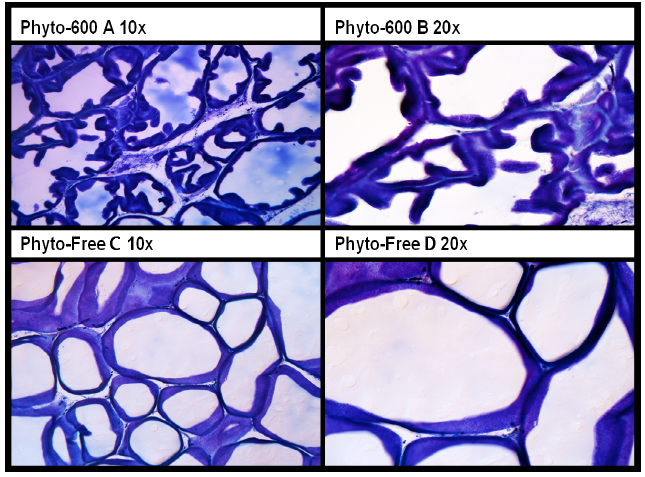Benjamin Hogan with Dr. Edwin Lephart, Department of Physiology & Developmental Biology
Phytoestrogens are plant-derived compounds that are structurally and functionally similar to estradiol. Isoflavones are a major type of phytoestrogen that can be found in foods such as soy beans, tofu, and soy milk. They have become popular due to the health benefits they effect by binding to estrogen receptors throughout the body. However, while their action is similar to that of estradiol, they are non-steroidal and therefore less potent.
As a male ages, he becomes more susceptible to steroid-related disorders such as prostatism, a condition in which a man has the urge to go to the bathroom often throughout the day due to pressure exerted on his bladder by an enlarged prostate. Although there are certain treatments available, many men are unhappy with these medications because they lower hormone levels, thus causing a decrease in sexual performance.
In cases such as these, hormone therapy can be dangerous due to its proliferative effects. In other words, it causes cells to multiply and grow at a faster rate, which means it has the potential to cause cancerous cells to multiply and grow at a faster rate. Because phytoestrogens are non-steroidal but also imitate the effects of steroid hormones themselves, their potential for the treatment of conditions related to health problems relating to organs such as the prostate are being more closely examined.
In the study we conducted, rats were put on either a diet rich in phytoestrogens or a diet low in phytoestrogens to determine what effect phytoestrogens had on the prostate. After the rats were maintained on their respective diets, they were killed at 100 days old and the prostates of each rat were removed, weighed, and sectioned into 50 μM slices. The prostate sections were then analyzed using image analysis software.
Before sectioning, the prostates were weighed. We found that the prostates of the rats on the phytoestrogen-rich diet were lighter than the rats on the control diet low in phytoestrogens. Additionally, we found the volume of the prostates of the rats on the phytoestrogen-rich diet to be less than the prostates of the rats on the phytoestrogen-low diet. Below is a figure further detailing what we found using the image analysis software on the 50 μM slices.
The prostates of the rats on a phytoestrogen-rich diet were riddled with invaginations, or indentations of the cell membrane. You can also see that at the same magnification, the cells of the rats on the phyto-600 diets were significantly smaller in are than those of the rats on the phyto-free diet.

In conclusion, our study showed that phytoestrogens have beneficial effects on the prostate, that is, they decrease the weight and volume of the prostate. This is significant because many older men have to live with enlarged prostates, which are an impediment to their daily lives. Furthermore, it is significant that phytoestrogens can have these beneficial effects without many of the side effects associated with the more powerful steroids such as estradiol. Phytoestrogens seem to have the potential to treat a variety of disorders without changing hormone levels in the blood.
